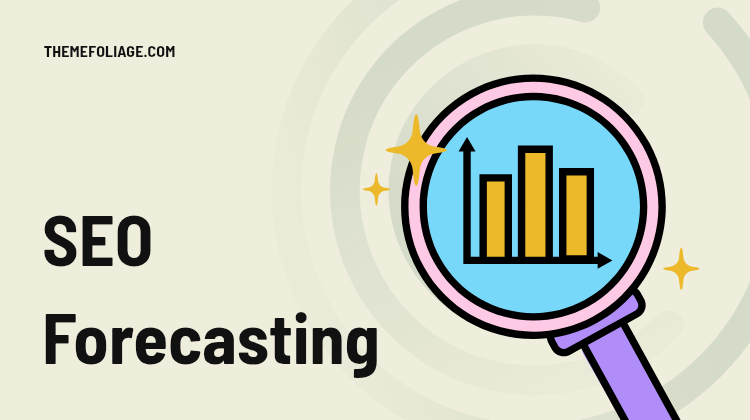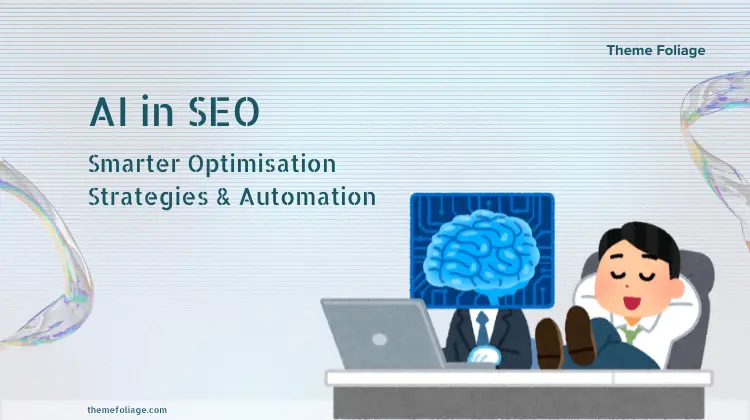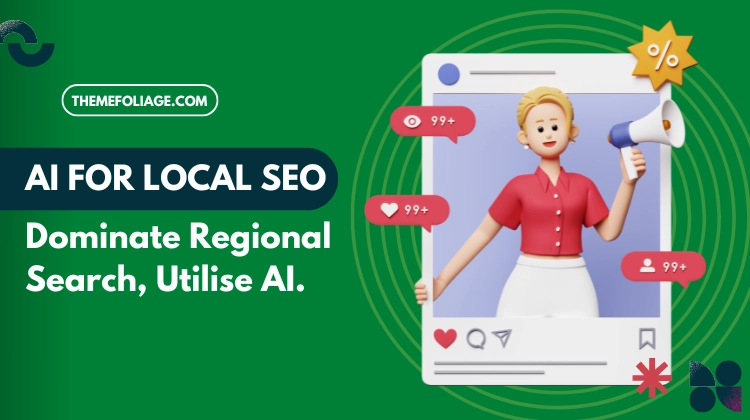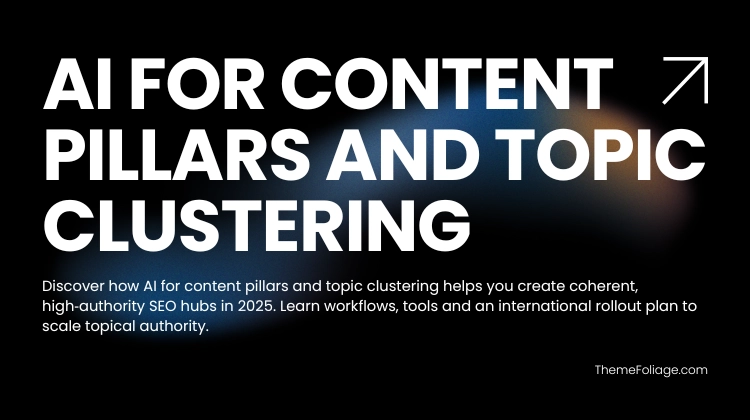SEO forecasting has become an essential practice for every serious digital marketer. As competition intensifies and algorithms evolve, relying on intuition alone no longer works.
Businesses now demand measurable outcomes and SEO forecasting delivers just that. It uses predictive analytics to estimate future traffic, conversions, and rankings, helping brands make smarter strategic decisions.
In this article, we’ll explore what SEO forecasting is, why it matters, and how you can use it to plan for sustainable organic growth in 2025 and beyond.
1. What is SEO forecasting?
SEO forecasting is the process of predicting future search performance based on historical data, algorithm trends, and keyword insights. It helps marketers estimate:
- How much organic traffic a website could receive.
- What ROI to expect from SEO efforts.
- How search engine changes may affect visibility.
- Which keywords or content areas will deliver the most value.
It’s not fortune-telling, it’s data-driven prediction built on statistical modelling and machine learning insights.
2. Why SEO forecasting matters in 2025
With Google’s increasing reliance on AI models like Search Generative Experience (SGE), predicting organic growth is more complex but also more crucial. Forecasting allows teams to allocate resources wisely, justify budgets, and set realistic KPIs.
Key benefits include:
- Strategic planning: Forecasts guide your SEO roadmap and prioritisation.
- Budget alignment: Predict ROI to support investment decisions.
- Risk mitigation: Anticipate algorithm shifts or seasonal drops.
- Stakeholder reporting: Provide data-backed performance projections.
3. The data you need for SEO forecasting
Accurate forecasting depends on reliable data sources. Before you begin, gather:
- Historical traffic data (Google Analytics, Search Console).
- Keyword ranking history (Ahrefs, Semrush, or Moz).
- CTR and conversion rates for organic visits.
- Seasonality trends for your industry.
- Competitor performance benchmarks.
More data doesn’t always mean better forecasts, focus on consistency and quality over quantity.
4. Tools for SEO forecasting
Several modern SEO tools now integrate predictive analytics, making it easier to model potential outcomes. Some leading options include:
- Google Looker Studio (formerly Data Studio): Combine multiple data sources into dynamic dashboards.
- Ahrefs & Semrush: Offer keyword trend graphs and traffic potential estimations.
- SEOmonitor: Known for advanced forecasting models and probability ranges.
- Moz Pro: Tracks keyword volatility and opportunity scores.
- Google Sheets + API integrations: Custom forecasting via Python, R, or AI extensions.
5. Methods of SEO forecasting
There’s no one-size-fits-all model. The right forecasting method depends on your goals, dataset, and resources. Common approaches include:
Linear projection
Uses historical trends to estimate future growth, assuming performance continues at a consistent rate. Simple, but can overlook seasonality or algorithm changes.
Time-series analysis
Analyses past fluctuations to identify recurring patterns, perfect for industries with strong seasonal behaviour (e.g. retail, tourism).
Machine learning models
Tools like Prophet (by Meta) or TensorFlow can process large data sets to predict ranking and traffic trends. These models adapt dynamically as new data comes in.
Scenario-based forecasting
Creates multiple forecasts, optimistic, realistic, and conservative to reflect different potential outcomes. Ideal for presentations and stakeholder planning.
6. How to create a reliable SEO forecast
Follow these steps to build a forecast that’s actionable and realistic:
- Collect baseline data: Export at least 12 months of traffic and keyword performance.
- Identify growth drivers: New content, technical improvements, backlinks, or UX enhancements.
- Account for seasonality: Apply adjustments based on past trends and holidays.
- Use predictive models: Apply regression or time-series forecasting methods.
- Include uncertainty margins: Add confidence intervals (e.g. ±10%) for realism.
- Visualise outcomes: Present forecasts through graphs and dashboards for clarity.
7. Common challenges and how to overcome them
Forecasting isn’t foolproof. You’ll face limitations such as:
- Algorithm unpredictability: Google updates can disrupt even the most accurate models.
- Data quality issues: Incomplete or inconsistent data skews results.
- External factors: Economic shifts, user behaviour, or competitor campaigns.
To mitigate these risks, regularly update your data, review forecasts quarterly, and integrate qualitative insights from SEO experts alongside numerical data.
8. SEO forecasting for ROI measurement
One of the most valuable outcomes of forecasting is estimating ROI. You can calculate potential revenue impact by combining traffic forecasts with conversion and value-per-visit metrics.
Example: If your projected monthly organic traffic is 50,000 and your conversion rate is 2%, that’s 1,000 leads. If each lead is worth $30, your monthly SEO value equals $30,000.
This tangible financial outlook helps justify SEO investments to clients or stakeholders.
9. Future of SEO forecasting: AI and predictive intelligence
AI-driven forecasting is now evolving rapidly. Machine learning models can detect ranking fluctuations before they occur, recommend content updates, and predict SERP volatility with surprising accuracy.
In 2025, expect to see SEO forecasting integrated directly within analytics platforms enabling marketers to make predictive adjustments in real time.
Conclusion
In a data-driven SEO world, SEO forecasting isn’t just about prediction, it’s about preparation. By using historical data, predictive analytics, and AI-driven tools, you can anticipate opportunities and challenges before they appear.
Forecasting empowers you to allocate budgets intelligently, measure ROI confidently, and build SEO strategies that grow sustainably over time. The future of search belongs to those who plan for it.
You should check out our article on – AI Content Detection and Humanisation.



